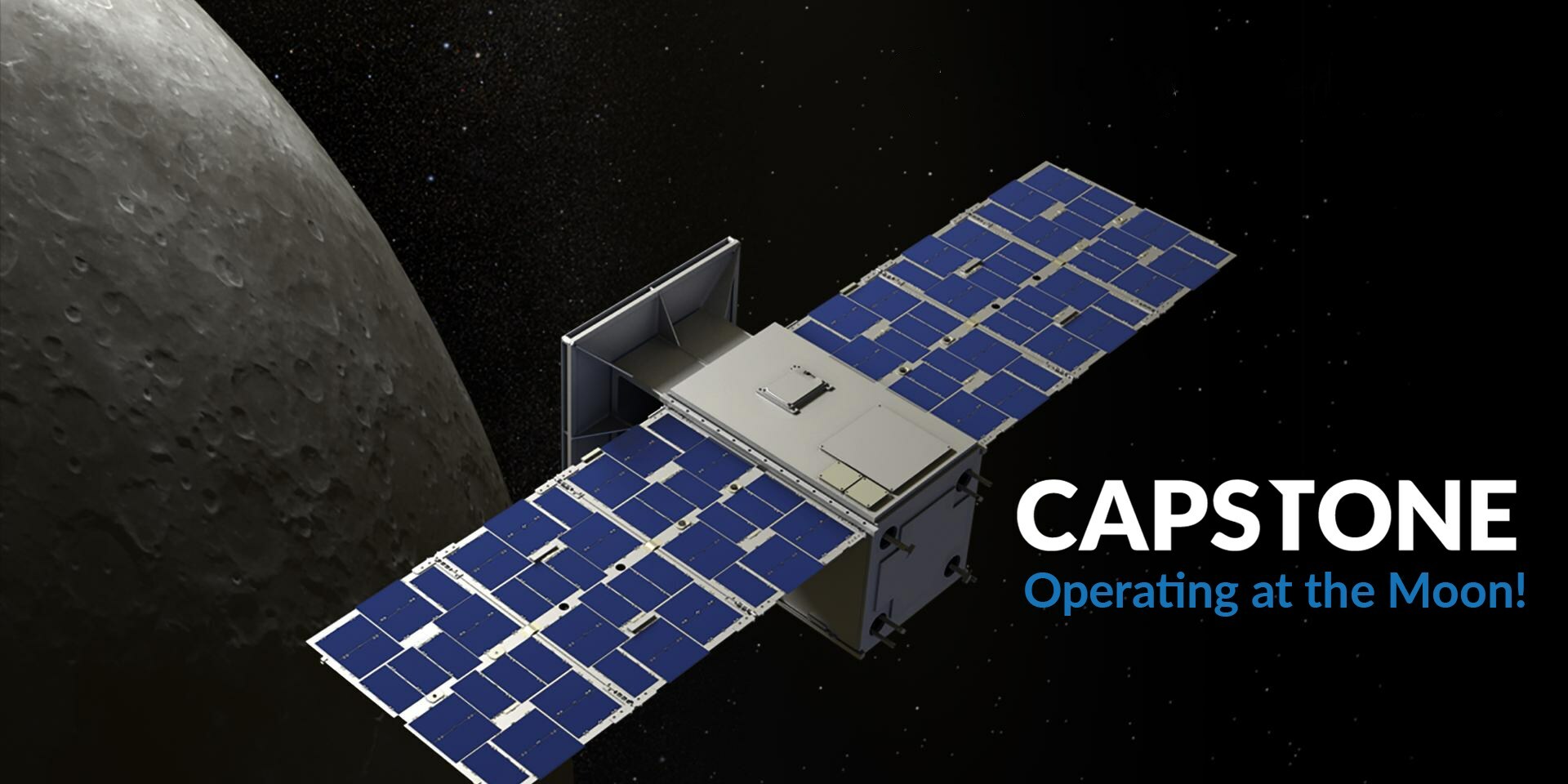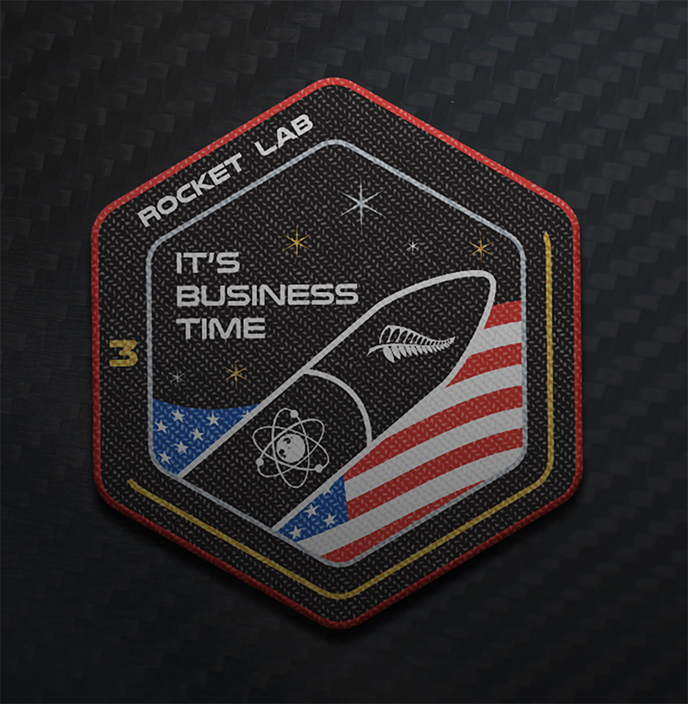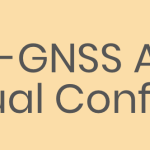Advanced Space’s CAPSTONE mission has been operating near the Moon for over 440 days, focusing on testing Positioning, Navigation, and Timing (PNT) technologies in a cislunar environment. The mission, officially known as the Cislunar Autonomous Positioning System Technology Operations and Navigation Experiment, aims to demonstrate new capabilities for spacecraft navigation and positioning in lunar space.
The CAPSTONE spacecraft achieved a continuous operation record of 112 days, interrupted by a system reset due to an unavailable ground station. This event highlighted the spacecraft’s design to operate independently in the absence of ground communication.
A significant aspect of the mission involves the use of the Cislunar Autonomous Positioning System (CAPS)™ software, enabling radio crosslinks with the Lunar Reconnaissance Orbiter (LRO). These crosslinks allow the spacecraft to exchange positioning data, improving the accuracy of their orbital tracking. The most extended tracking pass to date between CAPSTONE and LRO lasted 66 minutes, yielding 200 crosslink measurements. This data collection aims to refine the accuracy and reliability of autonomous cislunar navigation.
The mission also serves as a platform for testing onboard software tools designed for autonomous operations. These include Neural Networks for Easy Planning (NNEP) for maneuver planning and machine learning algorithms for anomaly detection in navigation data. These technologies are scheduled for demonstration onboard CAPSTONE, aiming to enhance spacecraft autonomy.
Learnings from the mission indicate the unique challenges of operating in the Near Rectilinear Halo Orbit (NRHO), necessitating customization of systems traditionally designed for Earth orbit. The experiences underline the importance of adapting launch targeting, propulsion, communication, and operational protocols for cislunar space.
The CAPSTONE mission is supported by NASA’s Small Spacecraft Technology program and other partners, including Terran Orbital Corporation and the Space Dynamics Laboratory, among others. It represents a collaborative effort to advance the state of PNT technologies for future lunar exploration missions, contributing valuable insights into the operation and management of spacecraft in cislunar space.






